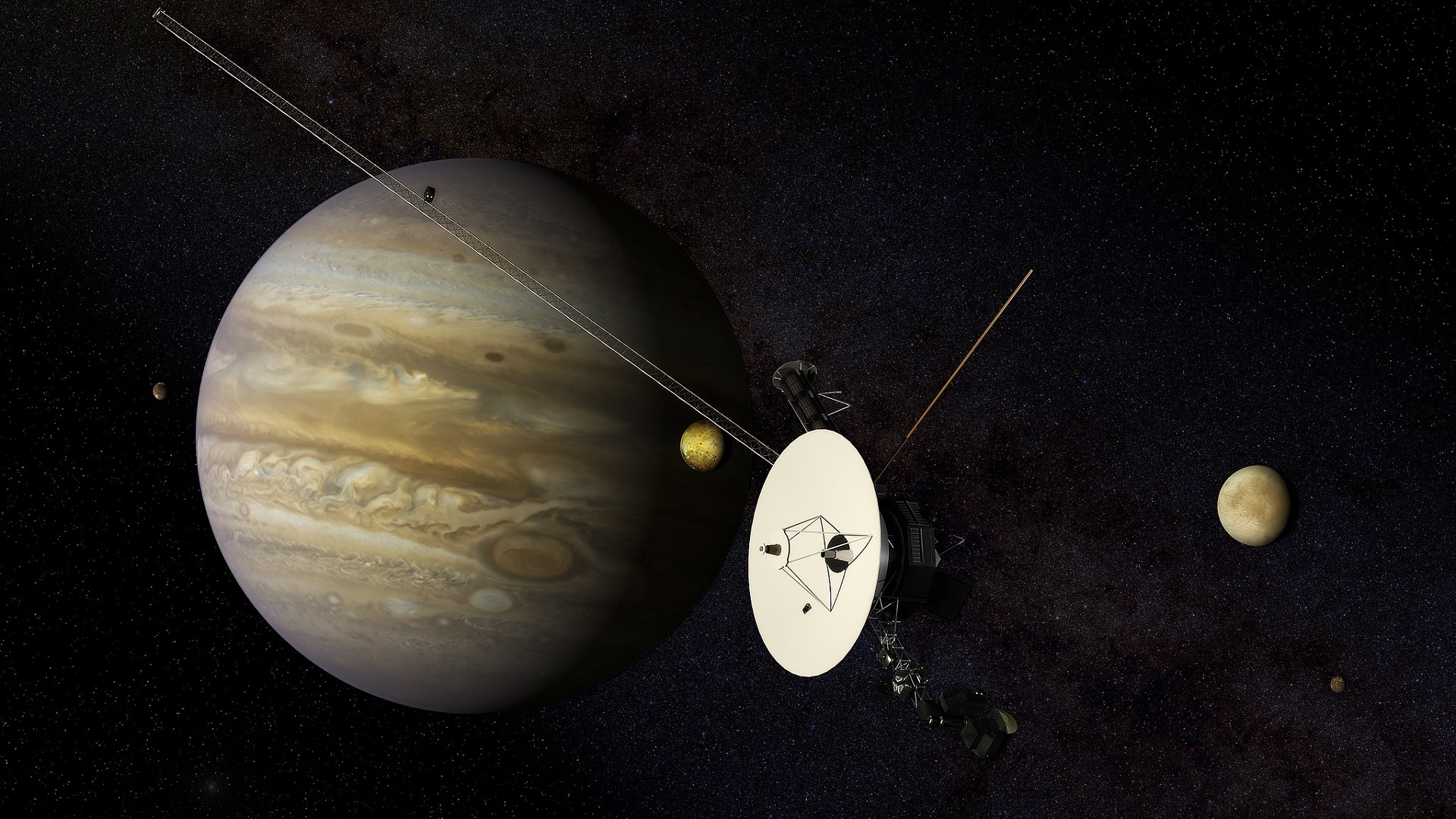The Voyager 1 probe is still operational and can send usable telemetry data. Now, it remains to re-establish the connection to retrieve scientific data. NASA is on the right track.
This is information that has traveled 24 billion kilometers, but it carries very good news. The Voyager 1 probe, despite its 47 years of age, is still able to communicate with Earth. She just transmitted usable data on his state of health, NASA announced on April 22, 2024. This had not happened since November 2023.
Advertisement
In fact, hope is reborn for this “scout” who is today outside the solar system. It had been several months since the American space agency faced a thorny problem: the telemetry data no longer made any sense. At the beginning of the month, however, NASA found a promising avenue to resolve the malfunction.

Resolve the science connection with Voyager 1
Not everything is resolved yet, however. If NASA now recovers readable data on Voyager 1's onboard technical systems, it now remains to reestablish the connection for scientific data. This could take weeks, according to estimates given by JPL, the NASA research center and the California Institute of Technology.
Maintenance operations are complicated by the immense distance that separates the blue planet from Voyager 1. Even if a radio signal travels at the speed of light (nearly 300,000 km/s), the wave needs a little more than 22 hours to make the outward journey. The answer will take just as long. And the further away the probe goes, the more this delay increases.
All these efforts are justified by the exceptional position in which Voyager 1 finds itself today. It is the object designed by humanity which is located furthest from the Earth, and which evolves in an environment that we had never been able to grasp on the spot: the interstellar medium. There are only two today that have been able to reach this region: the other is Voyager 2.
Advertisement


See the world from space
